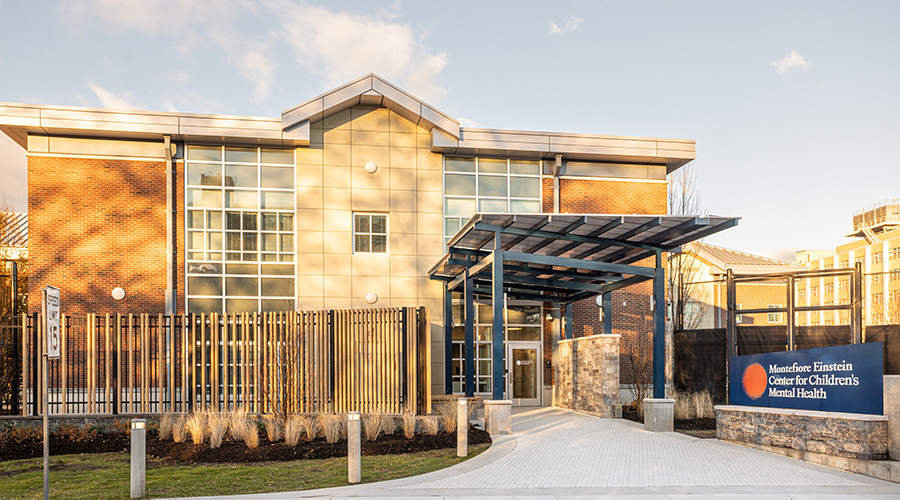Amateurs talk about emergencies. Professionals talk command, control and communications (CCC). The challenge for facilities managers is that the vast majority of these incidents are over in four minutes, according to research by the FBI and the New York Police Department.
In my research nationally, it takes six to 20 minutes for the police to arrive when any employer anywhere dials 911. This finding means police, fire and EMT officers are not first responders. Building staff and occupants are the first responders.
What CCC actions have taken place before police arrive for the six to 20 minutes staff and occupants are on their own? Even when that police officer arrives, that officer will go to the tactical situation alone. What have managers done to organize employees not directly engaged in that workplace emergency not only during the six to 20 minutes before police arrive but in the many minutes or hours after that officer has arrived?
Calling 911 is not a plan
Dialing 911 is only the start of CCC for any workplace emergency. Dialing 911 alone does not organize employee response. Every workplace by law must organize employees into an emergency response team (ERT) appointing commanders, searchers or buddies for those with mobility challenges.
Managers need to train ERT members on how to direct all personnel to run, hide, fight, evacuate, relocate in the building, shelter in place, move to assembly areas, lockdown, lockout and conduct a headcount.
The only way the ERT will operate successfully is in their smart and immediate use of CCC.
The Life Safety Code in fire codes and OSHA regulations — 29 CFR 1910.165 — both require employers to install and use communications systems to alarm and alert 100 percent of personnel at the beginning of and throughout any emergency.
The communications platforms available to managers include: two-way radios; public address; panic alarms; emergency notification systems; pagers; bullhorns; texting; email; and cell phones.
Each of these options has pros and cons, and each has limits in terms of reach and scope of communication. Yet managers are required to be able to command, control and communicate with 100 percent of personnel in a four-minute world.
Related Content: The Fatal Flaws in Active Shooter Response in Healthcare Facilities
I recommend they deploy all those communications platforms simultaneously because when it comes to the life safety of personnel, redundancy is a beautiful thing.
Here are the fatal flaws in active shooter response in healthcare facilities:
Complexity. Responding to active shooters and all forms of workplace violence is complex. Run/Hide/Fight is not a poster. It is a continuum of decision making by each and every employee under murderous stress in an event that will be over in 240 seconds. It needs detailed planning and master level training and exercising.
Telegraphing. Workplace violence perpetrators always signal their actions. Planning and master training of all employees to use behavioral assessment in a culture of reporting is absolutely necessary.
Focus on guns. It's not just guns that kill. Potentially lethal weapons including knives, baseball bats and thrown projectiles require uniquely different responses and training.
Reaction time. The research is crystal clear. Workplace violence incidents are over in a few minutes. Planning and master training are needed to provide healthcare employees with effective response tools without convening or rushing to find binders of procedures.
Lack of focus. Professionals focus on CCC, a complex systems management strategy and constant training of employees in the fast, effective use of several communications platforms in a four-minute world.
To arm or not to arm?
The issue of arming employees or security officers in healthcare facilities is often dismissed immediately by some organizations on the grounds that the caring culture of patient care is shattered by deploying armed personnel. Healthcare facilities managers should assess the benefits and offsetting risks of this measure, keeping in mind that the goal is to provide constant and immediate response to an active attacker.
Other healthcare facilities jump at the opportunity, hoping to quickly and easily solve the threat of an active shooter by hiring an armed contract security officer or officers. Unfortunately, many things can go wrong, and anything that goes wrong is the liability exposure of the healthcare facility organization — not the employee and not the police. The organization.
Bo Mitchell is president of 911 Consulting, which creates emergency, disaster recovery, business continuity, crisis communications and pandemic plans, as well as training and exercises for organizations.

 State of the Facilities Management Industry in 2025
State of the Facilities Management Industry in 2025 City of Hope to Open New Cancer Specialty Hospital in California
City of Hope to Open New Cancer Specialty Hospital in California Montefiore Einstein Opening New Inpatient Center for Youth in the Bronx
Montefiore Einstein Opening New Inpatient Center for Youth in the Bronx Skill Stacking: How Micro-Credentials Are Reshaping Trades
Skill Stacking: How Micro-Credentials Are Reshaping Trades Prima Medicine Opens New Location in Tysons, Virginia
Prima Medicine Opens New Location in Tysons, Virginia